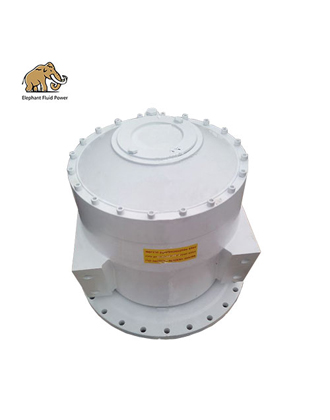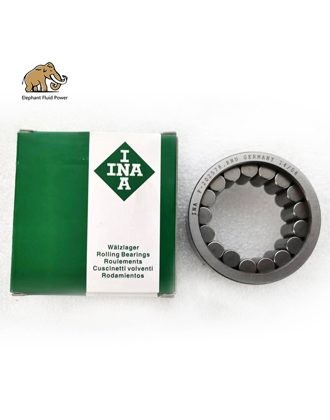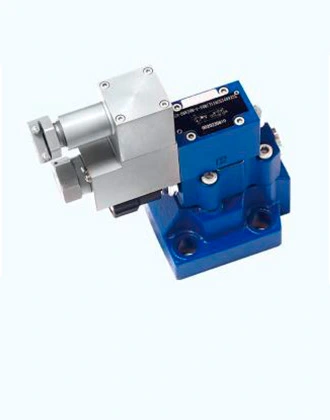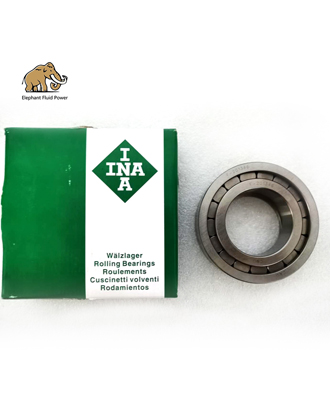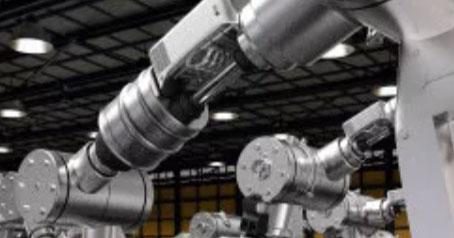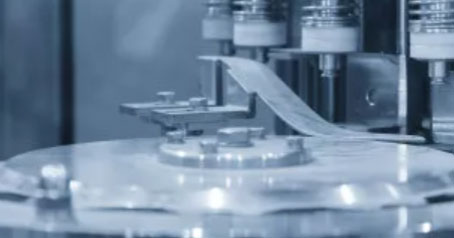First, main parts of a hydraulic pump:
1.Casing: It is the outer shell of the hydraulic pump, which plays a role in protecting the internal components and fixing the structure. It is usually made of cast iron or aluminum alloy.
2. Pumping element: This is the core part of the hydraulic pump, including pistons, cylinders, and valve plates in piston pumps; gears in gear pumps; and vanes and rotors in vane pumps. These components work together to achieve the suction and discharge of hydraulic oil.
3. Drive shaft: It is used to connect the hydraulic pump to the power source, such as an engine or electric motor, and transmits the rotational power to the pumping element to make it work.
4. Bearings: They support the drive shaft and other rotating parts to ensure smooth rotation and reduce friction and wear. Common types include ball bearings and roller bearings.
5. Sealing elements: Such as oil seals and O - rings, which are used to prevent hydraulic oil from leaking out of the pump and ensure the normal operation of the hydraulic system.
6. Control mechanism: It includes components such as swash plates, control valves, and solenoids. The control mechanism is used to adjust the flow and pressure of the hydraulic pump according to the needs of the working conditions to achieve the control of the hydraulic system.
7. Suction and discharge ports: The suction port sucks hydraulic oil from the oil tank, and the discharge port discharges the pressurized hydraulic oil into the hydraulic system to supply power to the actuator.
Second, methods for maintaining hydraulic pump parts:
1.Regular oil change: Replace the hydraulic oil regularly according to the operating hours or time recommended by the manufacturer. The quality of the oil should meet the requirements of the pump. Clean oil helps to reduce wear on parts.
2. Filter maintenance: Regularly check and replace the oil filter. A clogged filter can cause poor oil flow and increased pressure, affecting the pump's performance.
3. Inspect for leaks: Routinely check the pump's casing, seals, and connection points for oil leaks. Replace damaged seals promptly to prevent oil leakage, which can lead to reduced efficiency and potential damage to other components.
4. Monitor operating parameters: Keep an eye on the pump's operating pressure, temperature, and flow rate. Abnormal values may indicate problems with the pump or its components.
5. Lubrication of moving parts: Some parts of the pump, such as bearings, need proper lubrication. Ensure that the lubricating oil level is sufficient and the lubricant quality is good.
6. Clean the exterior: Regularly clean the exterior of the pump to remove dirt, dust, and oil stains. This helps to dissipate heat and makes it easier to detect potential problems.
7. Handle with care during installation and removal: When installing or removing the pump, follow the correct procedures to avoid damaging the parts. Use appropriate tools and ensure proper alignment.
8. Store properly: If the pump needs to be stored for a long time, store it in a dry, clean place and protect it from dust, moisture, and corrosion.
Hydraulic hand pump parts
Hydraulic parts manufactures
 French
French
 Portuguese
Portuguese
 Russian
Russian
 German
German
 Spanish
Spanish
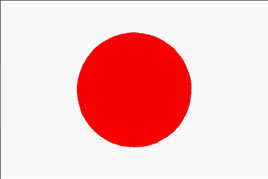 Japanese
Japanese
 Korean
Korean
 Irish
Irish
 Greek
Greek
 Turkish
Turkish
 Italian
Italian
 Danish
Danish
 Romanian
Romanian
 Indonesian
Indonesian
 Czech
Czech
 Afrikaans
Afrikaans
 Swedish
Swedish
 Polish
Polish
 Basque
Basque
 Catalan
Catalan
 Esperanto
Esperanto
 Hindi
Hindi
 Lao
Lao
 Albanian
Albanian
 Amharic
Amharic
 Armenian
Armenian
 Azerbaijani
Azerbaijani
 Belarusian
Belarusian
 Bengali
Bengali
 Bosnian
Bosnian
 Bulgarian
Bulgarian
 Cebuano
Cebuano
 Chichewa
Chichewa
 Corsican
Corsican
 Croatian
Croatian
 Dutch
Dutch
 Estonian
Estonian
 Filipino
Filipino
 Finnish
Finnish
 Frisian
Frisian
 Galician
Galician
 Georgian
Georgian
 Gujarati
Gujarati
 Haitian
Haitian
 Hausa
Hausa
 Hawaiian
Hawaiian
 Hebrew
Hebrew
 Hmong
Hmong
 Hungarian
Hungarian
 Icelandic
Icelandic
 Igbo
Igbo
 Javanese
Javanese
 Kannada
Kannada
 Kazakh
Kazakh
 Khmer
Khmer
 Kurdish
Kurdish
 Kyrgyz
Kyrgyz
 Latin
Latin
 Latvian
Latvian
 Lithuanian
Lithuanian
 Luxembourg
Luxembourg
 Macedoniar
Macedoniar
 Malagasy
Malagasy
 Malay
Malay
 Malayalam
Malayalam
 Maltese
Maltese
 Maori
Maori
 Marathi
Marathi
 Mongolian
Mongolian
 Burmese
Burmese
 Nepali
Nepali
 Norwegian
Norwegian
 Pashto
Pashto
 Persian
Persian
 Punjabi
Punjabi
 Serbian
Serbian
 Sesotho
Sesotho
 Sinhala
Sinhala
 Slovak
Slovak
 Slovenian
Slovenian
 Somali
Somali
 Samoan
Samoan
 Scots Gaelic
Scots Gaelic
 Shona
Shona
 Sindhi
Sindhi
 Sundanese
Sundanese
 Swahili
Swahili
 Tajik
Tajik
 Tamil
Tamil
 Telugu
Telugu
 Thai
Thai
 Ukrainian
Ukrainian
 Urdu
Urdu
 Uzbek
Uzbek
 Vietnamese
Vietnamese
 Welsh
Welsh
 Xhosa
Xhosa
 Yiddish
Yiddish
 Yoruba
Yoruba
 Zulu
Zulu

